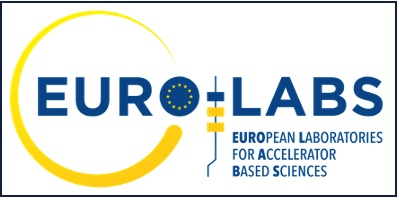Description
The ISOLDE Solenoidal Spectrometer (ISS) is a device designed to measure the reaction products from nuclear scattering reactions in inverse kinematics, where a heavy radioactive ion beam is fired at a lighter target. The strong solenoidal magnetic field focuses the lighter product of interest onto a bespoke on-axis silicon array, from which the excitation energy and angle of scattering can be extracted without the kinematic hindrances that occur when a magnetic field is not present. Additional detectors can be used to measure the heavier reaction product of interest, as well as reaction products from competing reactions.
An application of this technique is to study the single-particle structure of the magnesium isotope chain. These isotopes lie in a region of the nuclear chart called the $N=20$ ``island of inversion", which is neutron-rich and of particular importance for understanding the evolution of nuclear structure. In this region, deformed intruder configurations (particle-hole excitations) dominate at ground-state and low-excitation energies which is facilitated by the weakening of the $N=20$ shell closure. Additionally, this shell gap weakens as protons are removed, leading to a new shell closure emerging at $N=16$, which produces doubly-magic properties in $^{24}$O. The magnesium isotopes exhibit a swift transition into the island between $^{30}$Mg and $^{31}$Mg, and thus are a useful measure of how single-particle structure evolves into the island. Data on isotopes in this region can be used to test the validity of current nuclear models, and be used to further refine them for other nuclei in the island.
This poster will present the solenoidal spectrometer technique used at ISOLDE, and present the recently published results on the nuclear structure of $^{29}$Mg populated using the $d$($^{28}$Mg,$p$) reaction (9.47 MeV/u) [1] and some preliminary results for $^{31}$Mg populated using the $d$($^{30}$Mg,$p$) reaction (8.52 MeV/u).
[1] P. T. MacGregor et al., Phys. Rev. C 104, L051301, Nov 2021
| Work-package | WP2 - RIs for Nuclear Physics |
|---|---|
| Facility identifier | CERN |
